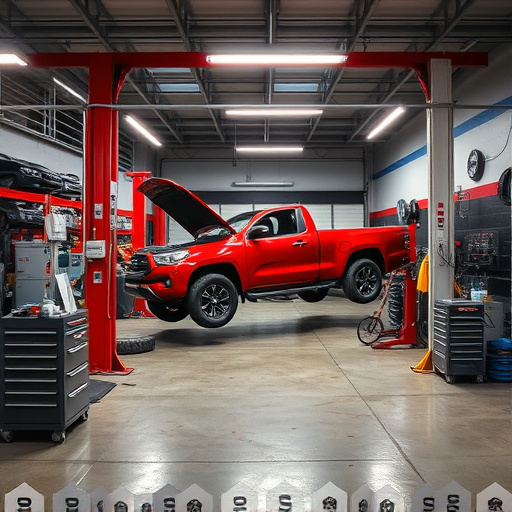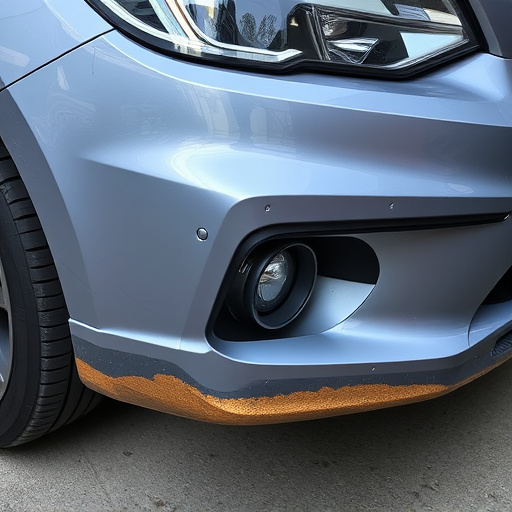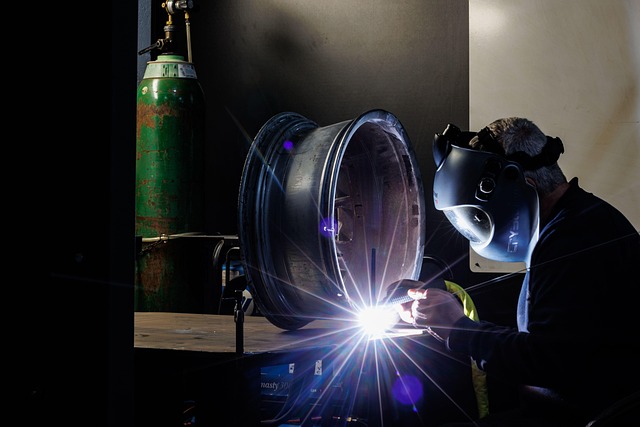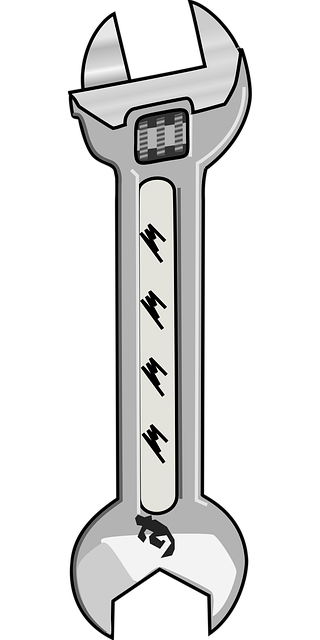A structural damage repair assessment is a comprehensive process where experts meticulously examine properties for visible and hidden issues caused by various factors. This involves visual inspections, non-destructive testing, and advanced technology to evaluate exterior walls, roofs, frames, and foundations. The detailed reports provide cost estimates, timelines, and recommendations for repairs, including auto body services. This critical step ensures informed decision-making, promotes longevity in restoration efforts, addresses structural stability, and aligns with local building codes for safe, effective repairs in buildings and vehicles.
A structural damage repair assessment is a crucial step in ensuring the safety and integrity of any building. During this comprehensive process, professionals meticulously inspect and evaluate potential issues, from cracked walls to foundation shifts. Understanding this assessment involves grasping key components like visual inspections, diagnostic testing, and data analysis. Post-assessment, detailed reports guide repair planning, ensuring structural soundness and minimizing future damage. This article breaks down each step, offering insights into the essential practices of structural damage repair.
- Understanding the Assessment Process
- Key Components of a Structural Damage Repair Assessment
- Post-Assessment and Repair Planning
Understanding the Assessment Process

During a structural damage repair assessment, professionals thoroughly inspect a property to determine the extent of damage caused by various factors such as accidents, natural disasters, or wear and tear. The process involves meticulous evaluation of every aspect of the structure, from exterior walls and roofs to interior frames and foundations. This comprehensive analysis aims to identify not only visible damages but also potential hidden issues that might require attention.
Assessors utilize a combination of visual inspections, non-destructive testing methods, and advanced technology to ensure an accurate diagnosis. They document their findings, creating detailed reports that outline the repair needs, cost estimates, and timelines. This structured approach facilitates informed decision-making for property owners, ensuring that repairs are carried out efficiently and effectively. Moreover, understanding the assessment process is crucial for those seeking services like auto body painting or tire services, as it sets the foundation for quality and longevity in subsequent restoration work, including car paint services.
Key Components of a Structural Damage Repair Assessment

A structural damage repair assessment is a meticulous process that involves several critical components to ensure the safety and integrity of any structure, be it a home, commercial building, or even a vehicle. The primary goal is to identify the extent of the damage, determine the root causes, and devise a comprehensive plan for effective restoration. This includes careful inspection of the affected areas, where professionals scrutinize every detail, from visible cracks in walls to structural components like beams and columns.
During this assessment, experts also consider factors such as age and previous repairs, environmental influences, and local building codes or regulations. For vehicles, it might involve assessing the car body’s frame, panels, and overall structural integrity, often requiring specialized tools and knowledge of auto body restoration techniques. These steps are essential in determining whether a structure needs partial repairs, full reconstruction, or replacement, ensuring that any car bodywork services provided align with the assessment findings to deliver optimal results.
Post-Assessment and Repair Planning

Once the structural damage repair assessment is complete, the next step involves careful planning for the restoration process. The assessment provides a detailed understanding of the extent of the damage, and this knowledge is pivotal in determining the best course of action. Repair planning incorporates several key considerations, such as identifying the specific materials required to match the original structure’s integrity, estimating timelines for each repair phase, and budgeting accordingly.
During this stage, professionals from auto repair services or vehicle body repair shops will collaborate closely with property owners or insurance adjusters to ensure all repairs are carried out safely and effectively. The planning process also encompasses obtaining necessary permits and ensuring compliance with local building codes, especially when dealing with significant structural modifications. A well-planned repair strategy guarantees that the final result not only addresses the visible damage but also reinforces the overall structural stability of the affected areas, whether it’s a vehicle body repair or a more extensive residential or commercial renovation.
A comprehensive structural damage repair assessment is the cornerstone of any successful restoration project. By meticulously examining every aspect of the affected area, from foundation to rooftop, professionals can accurately pinpoint the extent of the damage and develop tailored repair plans. This process not only ensures the safety and stability of the structure but also provides a roadmap for efficient and effective rebuilding, ultimately leading to a restored and strengthened building that stands as a testament to the expertise involved in its restoration.













